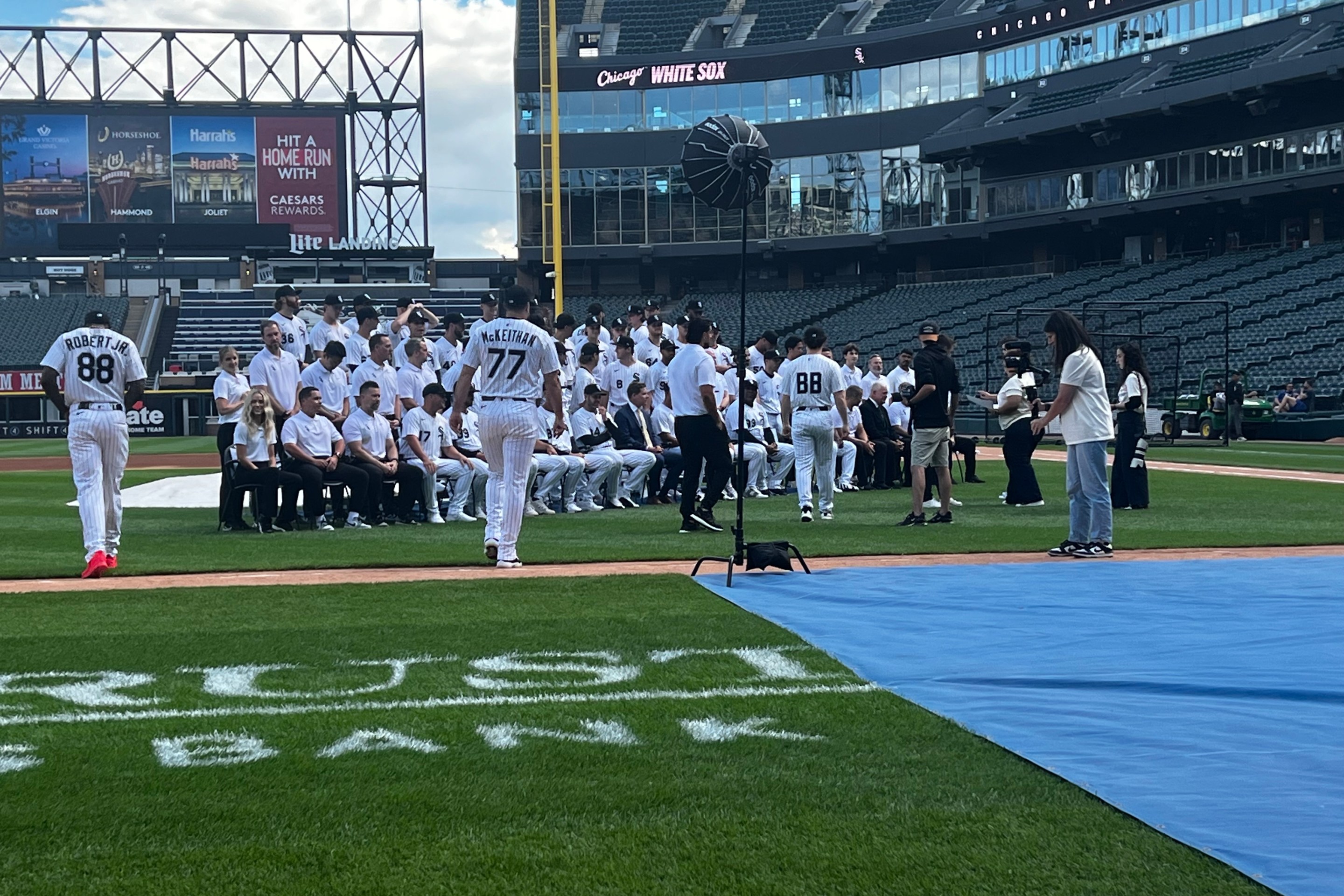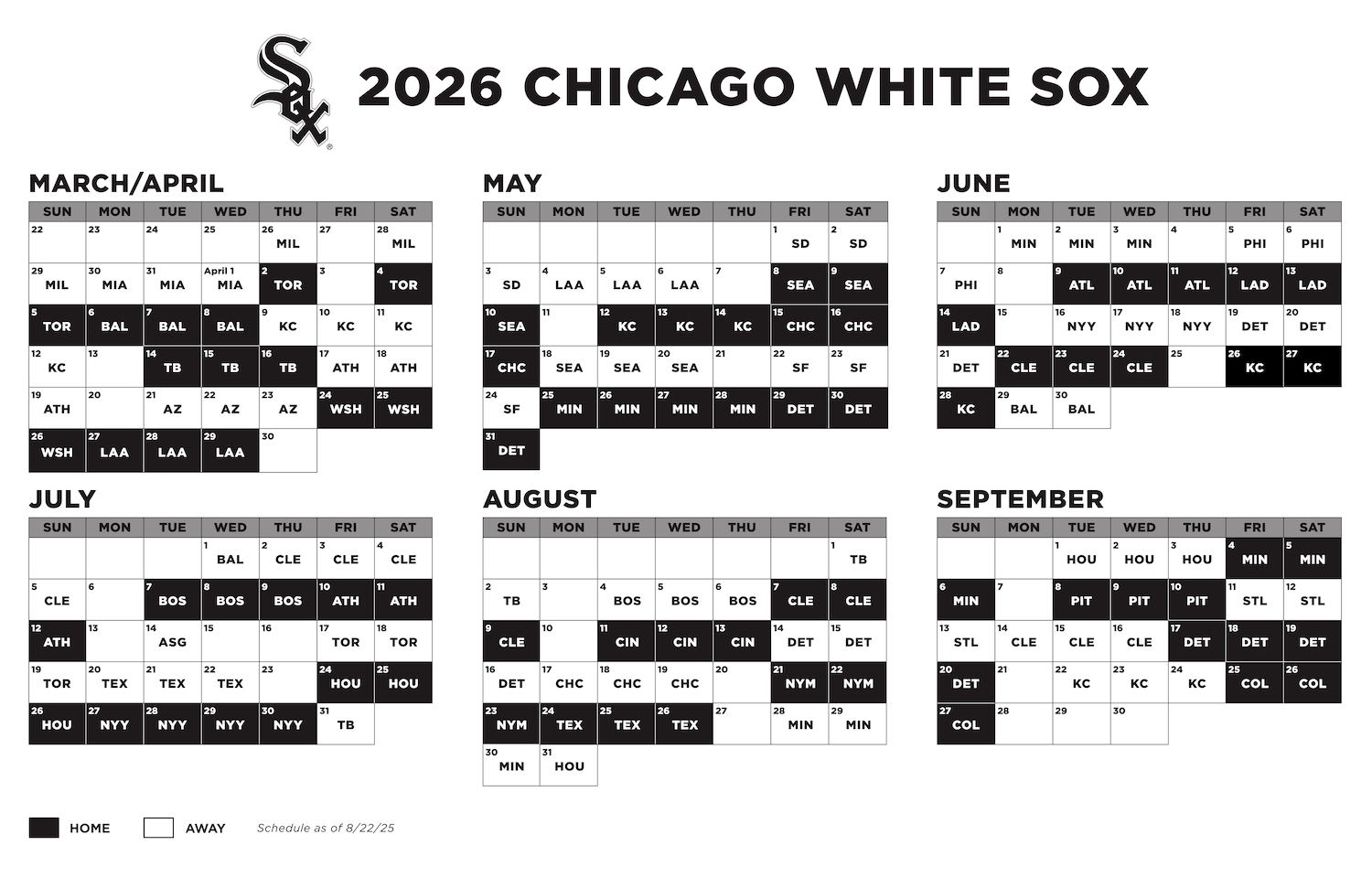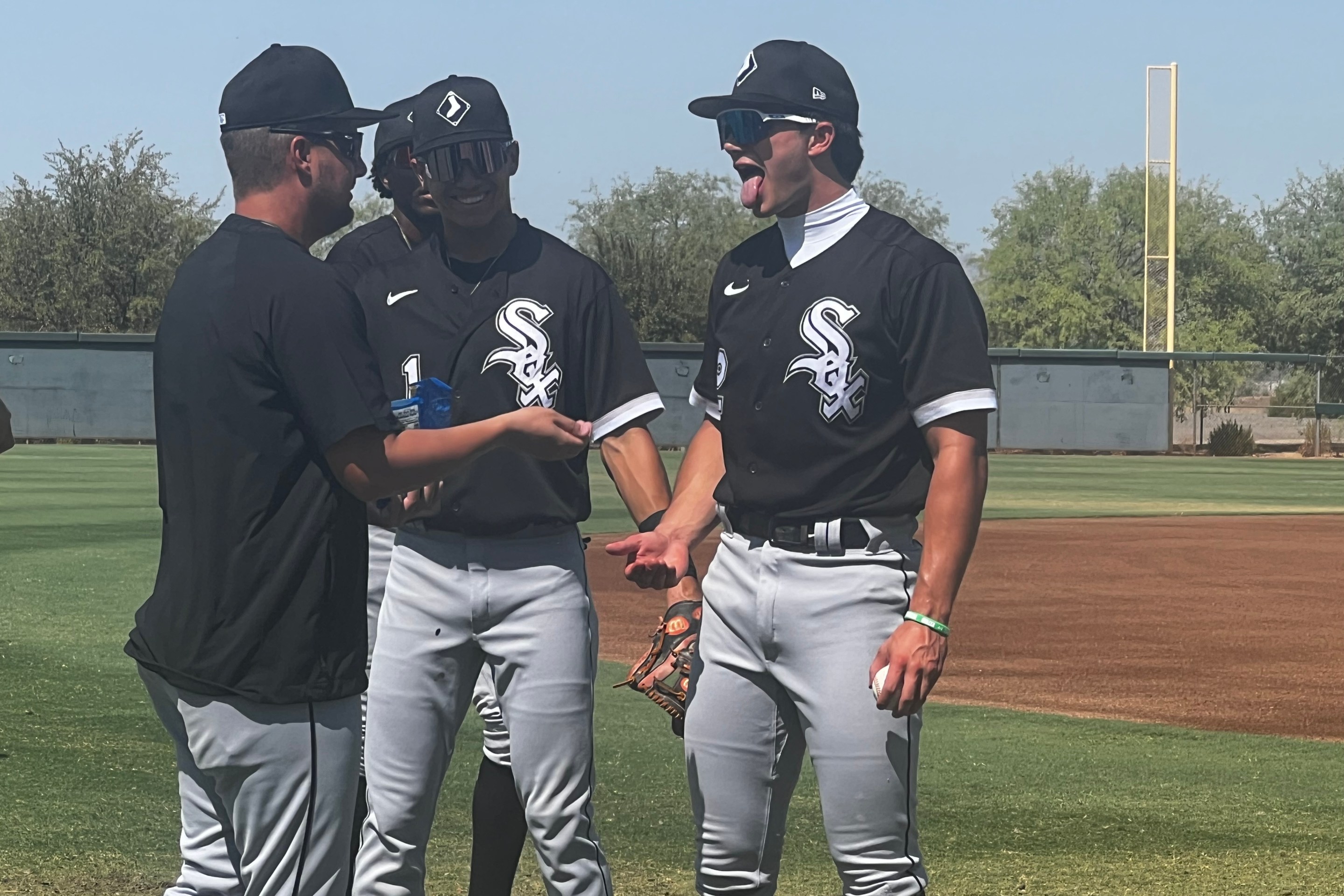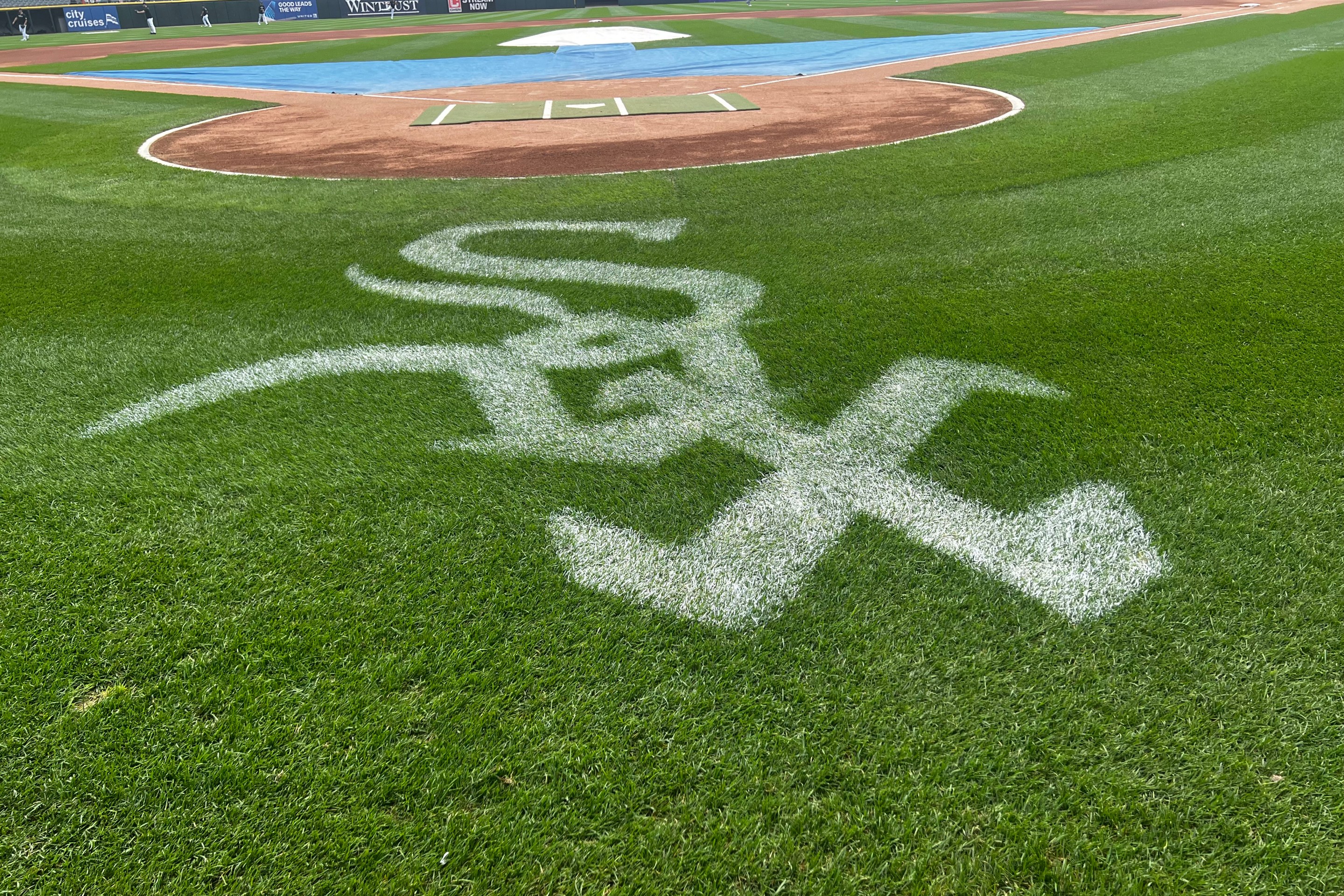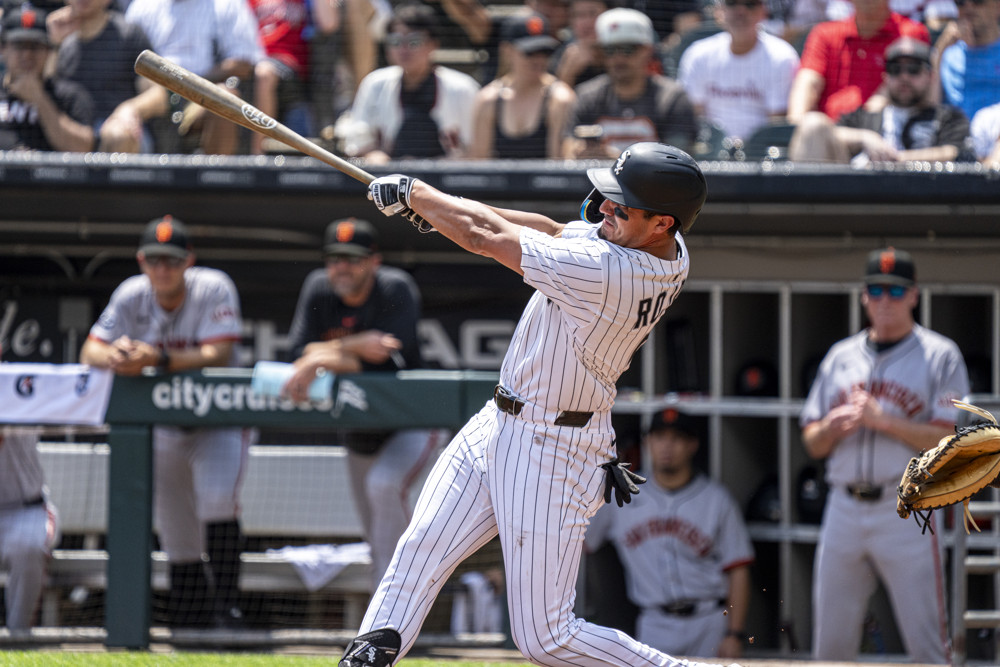A week ago, James wrote about how the White Sox front office hopes the current historic futility can serve as an impetus to make long-needed overhauls to the way they go about doing things. It's a lengthy list, but toward the top is a need to improve the hit rate on their hitting prospects.
In an era of player development where most players — and certainly every big leaguer — has their own private hitting coach, establishing a cohesive organizational offensive program is trickier than ever. But for all the commenters who have read stories about Brian Bannister’s work in pitching development and openly pined for the White Sox to find an hitting version of the special advisor, team leadership has had the same thought. It wouldn’t make sense to fill such a position for the sake of filling it, but the Sox will at least look into whether they can bring in someone who could make similar impact on the hitting side of the organization, where the major league team is scoring the fewest runs the game and several key prospects are performing below expectations.
Reading a recent article about the way the Orioles churn out above-average bats, it seems like the first place to start is to not think about in terms of a Bannister-grade savior -- unless that person knows a dozen others who can help implement changes.
The Athletic's Britt Ghiroli and Eno Sarris tried to figure out Baltimore's secret sauce -- Old Bay is a rub -- by asking Orioles personnel what they're willing to reveal, and rival teams about what they're able to deduce. The result is a multi-stage effort, starting with hiring lots and lots of people to establish a system ...
Some of their guiding principles aren’t necessarily groundbreaking. They’re just difficult to execute, such as the 65 new hires the Mike Elias regime made in roughly 18 months, as the organization streamlined the messaging from coaches in the minor leagues and prioritized tough work environments to breed more competition through a total culture shift.
... and then drafting hitters who come into the system possessing power, but have room for improvement with their bat angle ...
“They draft guys with present power and improve their launch angle and swing decisions,” said a rival assistant general manager with player development responsibilities. “That present power is there in the form of top-end exit velocities, not necessarily slugging percentage. They teach better Vertical Bat Angle to reduce ground-ball rates. Swing decisions plus better VBA equals power production when those top-end exit velocities exist.”
... and then put them through a wringer:
They want to make drill work difficult and game-like for their hitters, so the short box fits that bill. In fact, those young coaches challenged each other to develop the best stuff for their short box sessions, turning their knowledge of pitch shapes into nastiness on the mound. They want their hitters to only swing at pitches they can drive, so the nightly swing decision text messages help drive that point home. They believe in data-driven techniques that have been shown to produce on-field results, so the weighted bat training makes sense. They also use force plates — devices that measure how much force a player puts into the ground, which Driveline Baseball confirmed has a lot to do with bat speed — to check on their hitters and guide workouts throughout the season.
Nobody involved makes it sound simple, but this article provides some elements to keep eyes and ears out for as the White Sox attempt to improve their own operations. Start by looking for evidence of serious investments, and that'll determine if they're on the way to becoming any less reliant on luck.
Toledo 8, Charlotte 3
- Zach DeLoach was 1-for-3 with a walk and a strikeout.
- Tim Elko, 0-for-3 with a walk and two strikeouts.
- Colson Montgomery wore the collar and silver sombrero.
- Bryan Ramos went 1-for-4 with a strikeout.
- Nick Nastrini before his ejection: 2.1 IP, 3 H, 1 R, 1 ER, 0 BB, 1 K, 1 WP, 1 HBP, 27 of 42 pitches for strikes.
Birmingham 4, Tennessee 1
- Wilfred Veras went 0-for-4 with a walk and a strikeout.
- Jacob Gonzalez was 2-for-4 with a double.
- Terrell Tatum walked once and struck out thrice.
- Jairo Iriarte: 6 IP, 4 H, 0 R, 1 BB, 5 K, 55 of 84 pitches for strikes.
Jersey Shore 4, Winston-Salem 0
- Rikuu Nishida went 0-for-2 with two walks and a strikeout.
- William Bergolla was 1-for-4.
- Wes Kath, 0-for-4 with two strikeouts.
- Ryan Galanie was 0-for-4 with a strikeout.
- Caden Connor, 1-for-4.
- Calvin Harris went 0-for-3 with a walk and a strikeout.
- Samuel Zavala went 2-for-4 with a K.
- Eddie Park, 1-for-3.
- Shane Murphy: 5 IP, 7 H, 3 R, 3 ER, 0 BB, 4 K, 1 HR, 50 of 72 pitches for strikes.
- Peyton Pallette: 2 IP, 0 H, 0 R, 0 BB, 4 K, 18 of 24 pitches for strikes.
Charleston 4, Kannapolis 2 (Game 1, 7 innings)
- Ryan Burrowes singled, walked, struck out and was caught stealing.
- Jeral Perez and George Wolkow both were 0-for-3 with two strikeouts.
- Lyle Miller Green went 0-for-2 with a walk and a strikeout.
- Tanner McDougal: 4 IP, 7 H, 3 R, 3 ER, 1 BB, 5 K, 3 HBP, 52 of 82 pitches for strikes.
Charleston 5, Kannapolis 4 (Game 2, 9 innings)
- Ryan Burrowes went 1-for-4 with a double.
- T.J. McCants, 0-for-3 with a walk and two strikeouts.
- Jeral Perez doubled and struck out thrice.
- George Wolkow was 2-for-4.
- Ronny Hernandez was 0-for-3 with a walk and a strikeout.
- Nathan Archer, 0-for-4 with a K.
- Sam Antonacci singled and struck out twice.

